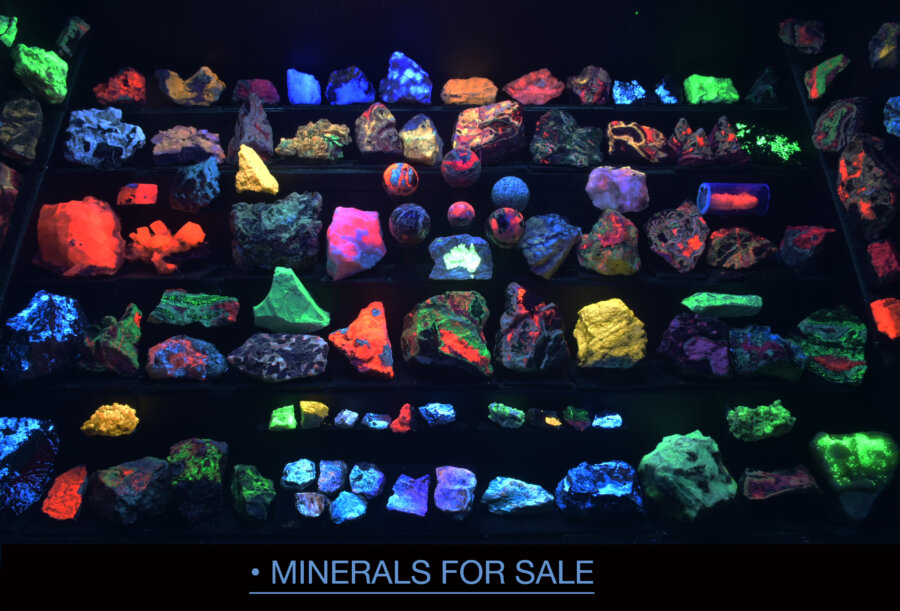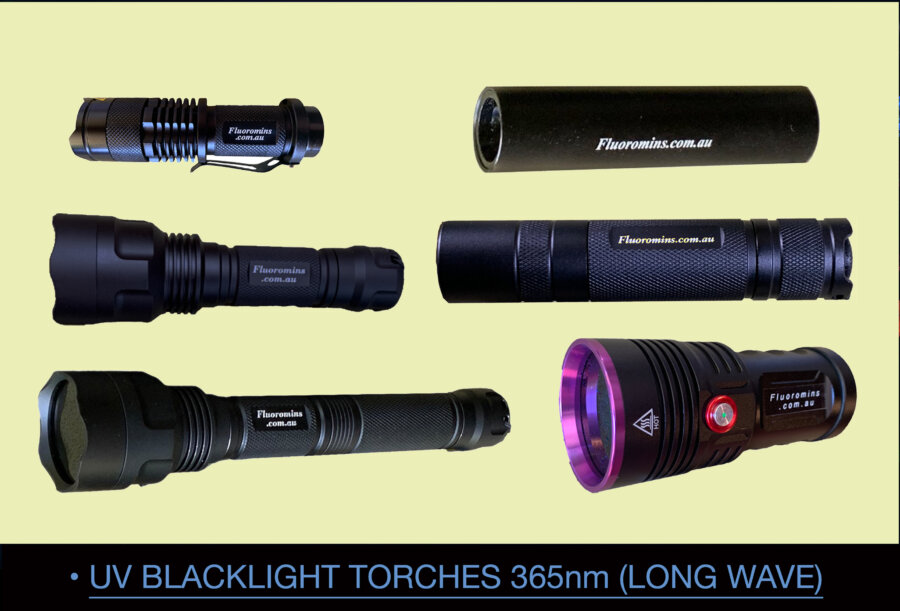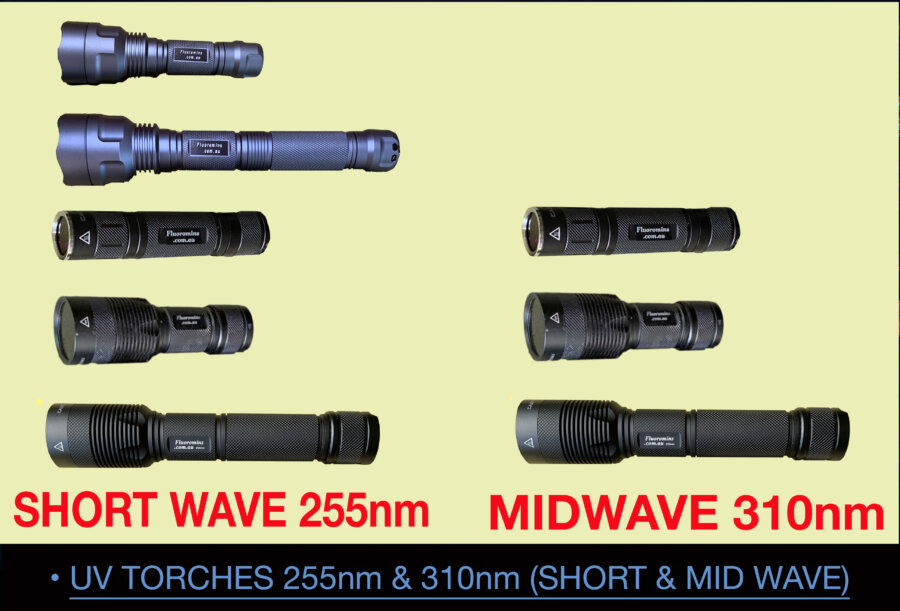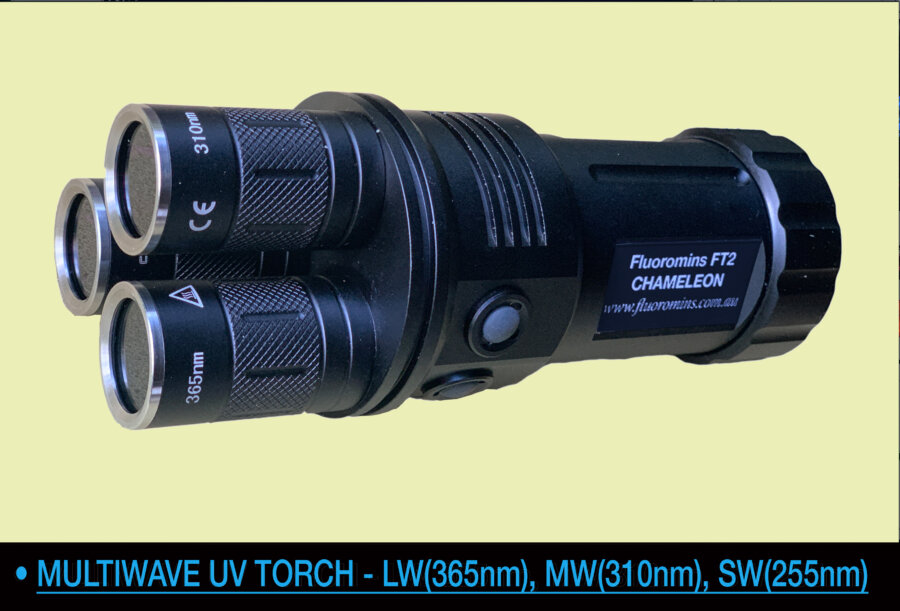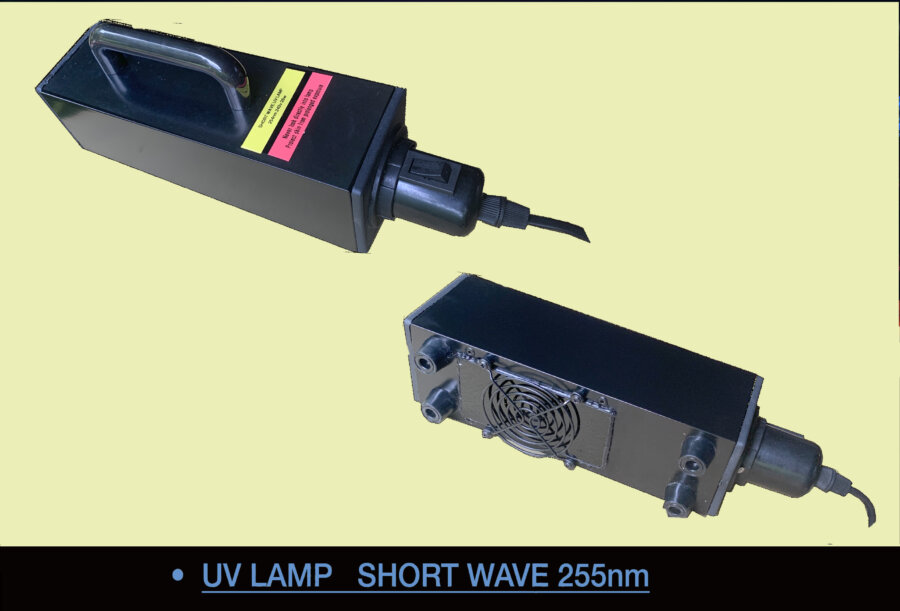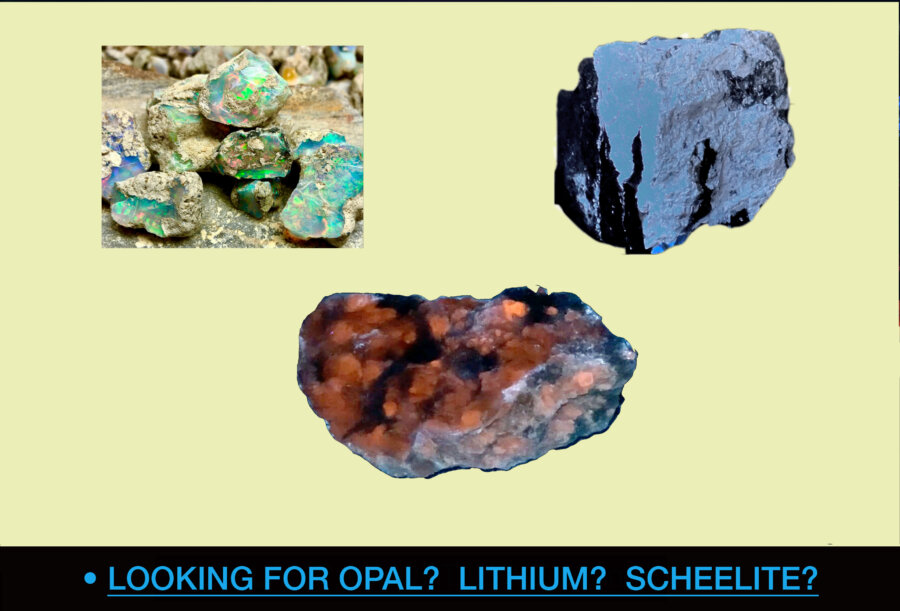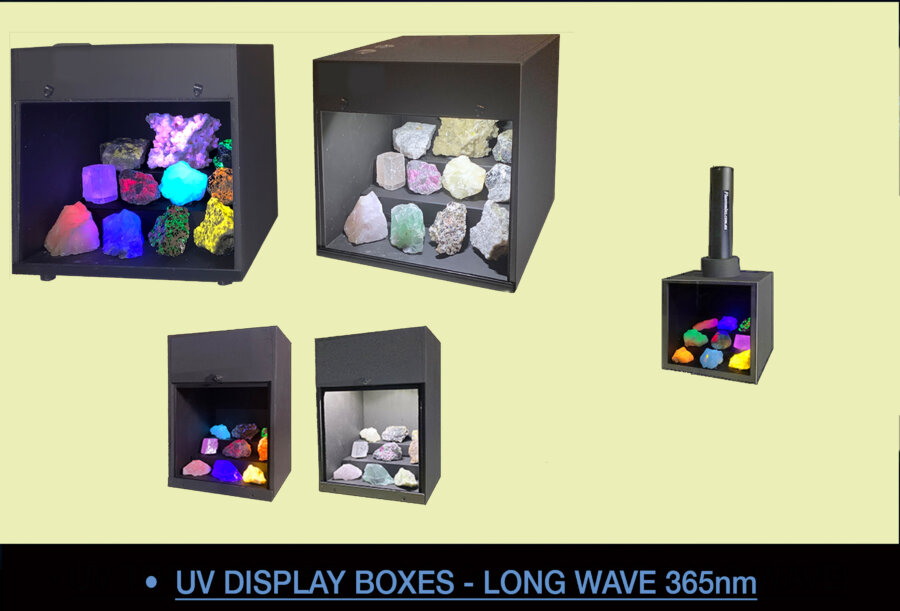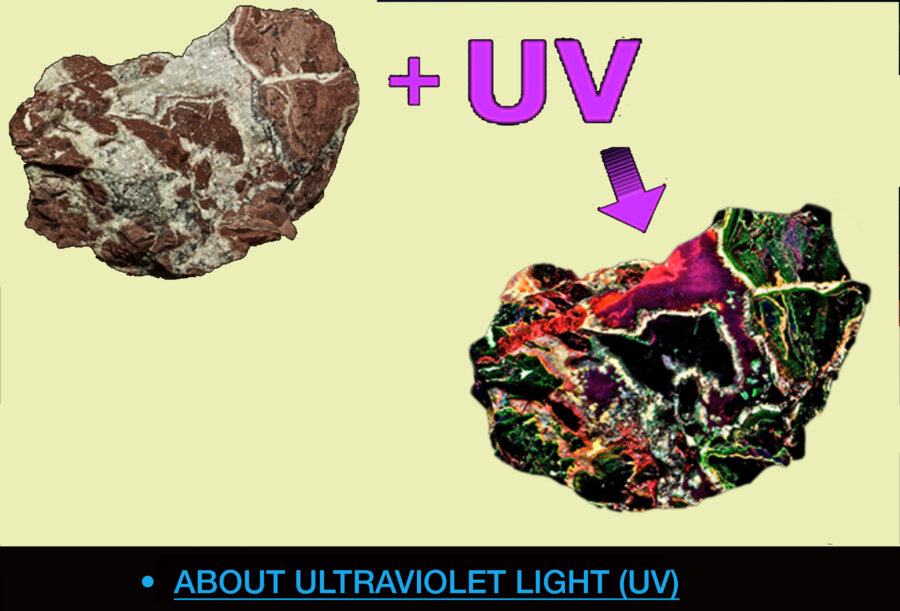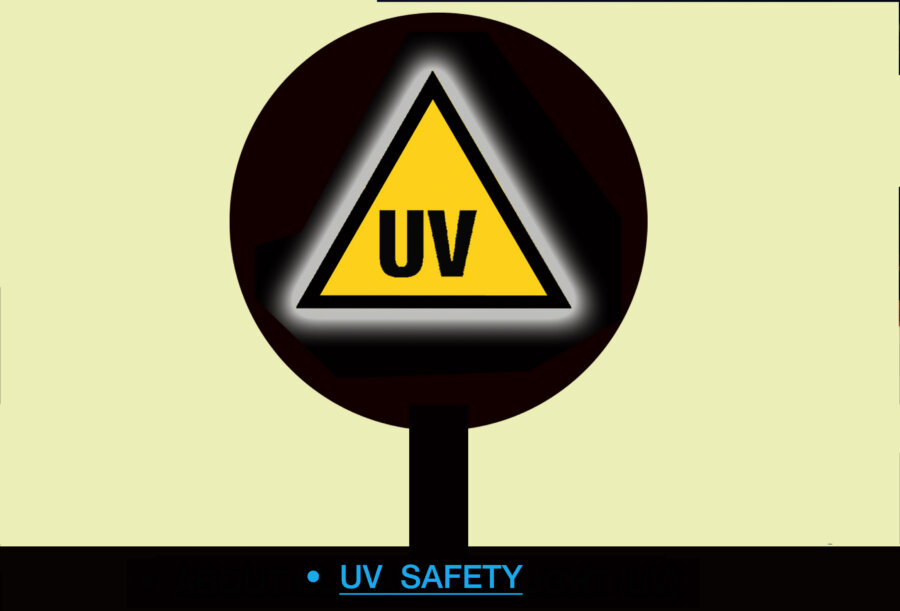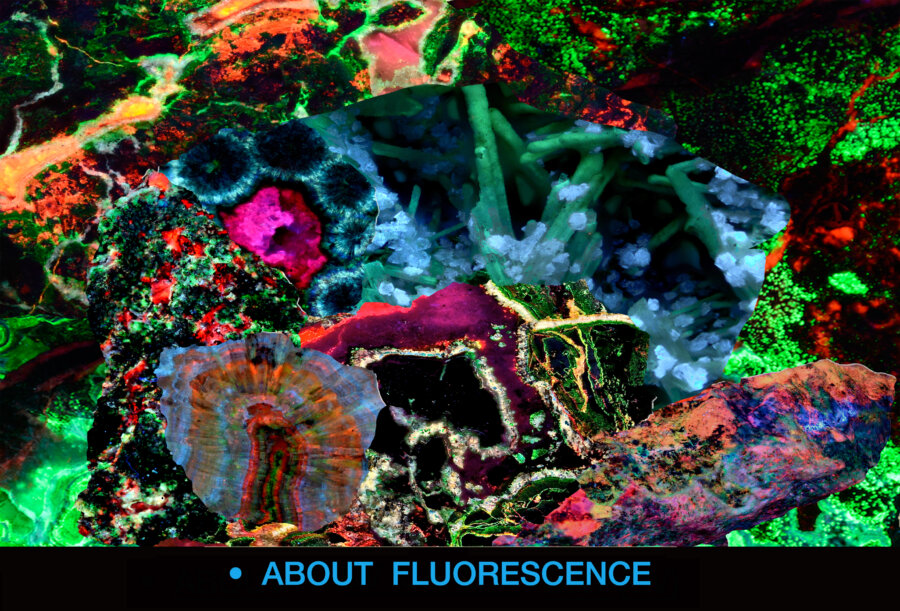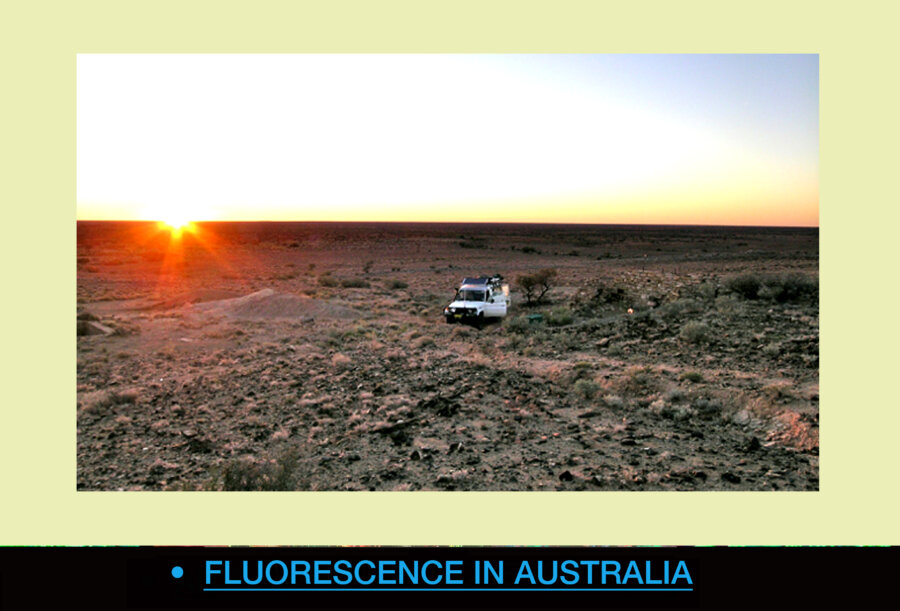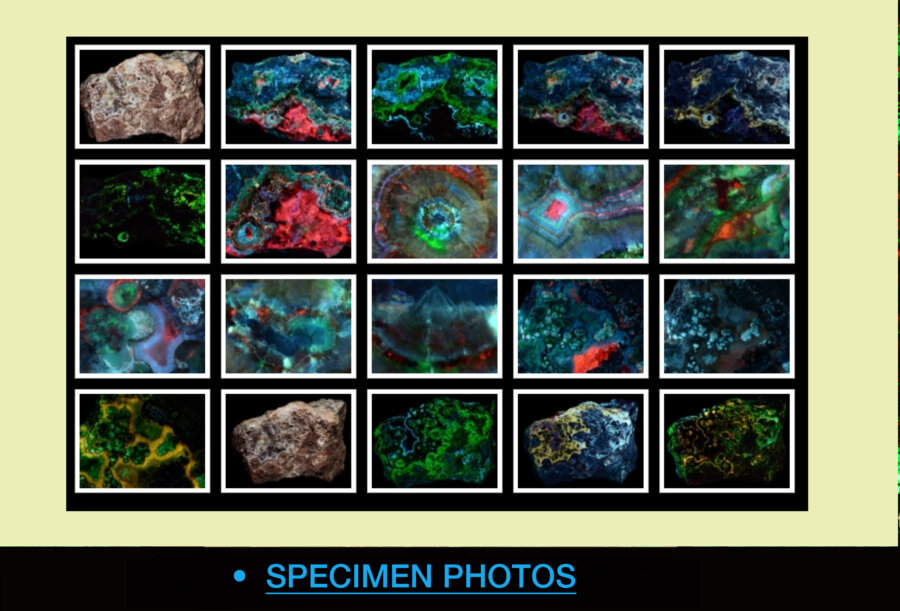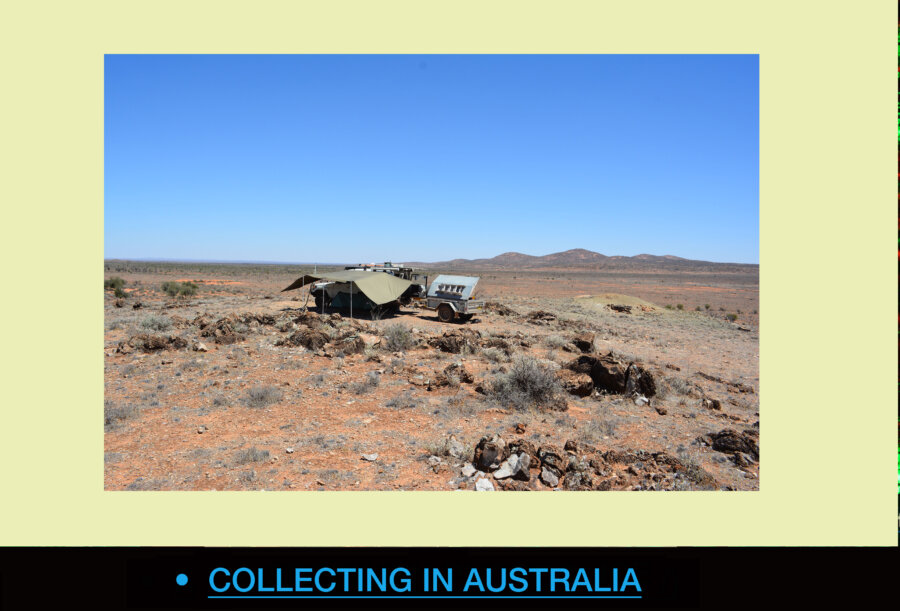PLEASE NOTE: I will be at the Lightning Ridge Opal Festival in July, the Central Qld Gemfest and the Rockhampton Gem Expo in August, and the State Gem and Mineral Show in South Windsor in September.
I’m Graham Fraser. I’ve been a UV fluorescent minerals collector for many years. I supply UV fluorescent rocks, specialised UV (blacklight) torches and UV lamps to other collectors and anyone wanting to look at things under ultraviolet light. I am happy to help with advice over the phone.
Click on the photos to see more.
